With the coming 24 days of festivities in October, the Federation of Automobile Dealers Associations (FADA) is sure that October will see auto retail on high grounds.
According to the Retail Vehicle Sales Data for September 2022 report, dealers were expecting October to be the best holiday month in a decade for the passenger car (PV) segment as higher sales are expected during the month.
As in September, the auto segment witnessed overall retail sales growth of 11 percent year-on-year in vehicle sales as better supplies from manufacturers allowed dealers to increase deliveries to customers amid the current vacation period.
Manish Raj Singhania, FADA President, said: "September 2022 saw an overall growth of 11%. September saw the fateful lagging period from September 10 to 25 and the festive period starting with Navratri on September 26. As a result, the full potential of this month has not been realized as it should have been."
All other categories were in the green except for tractors, which were down 1.5 percent, according to the report. Sales of two-wheelers (2W), three-wheelers (3W), passenger cars (PV) and commercial vehicles (CV) increased 9 percent, 72 percent, 10 percent and 19 percent, respectively.
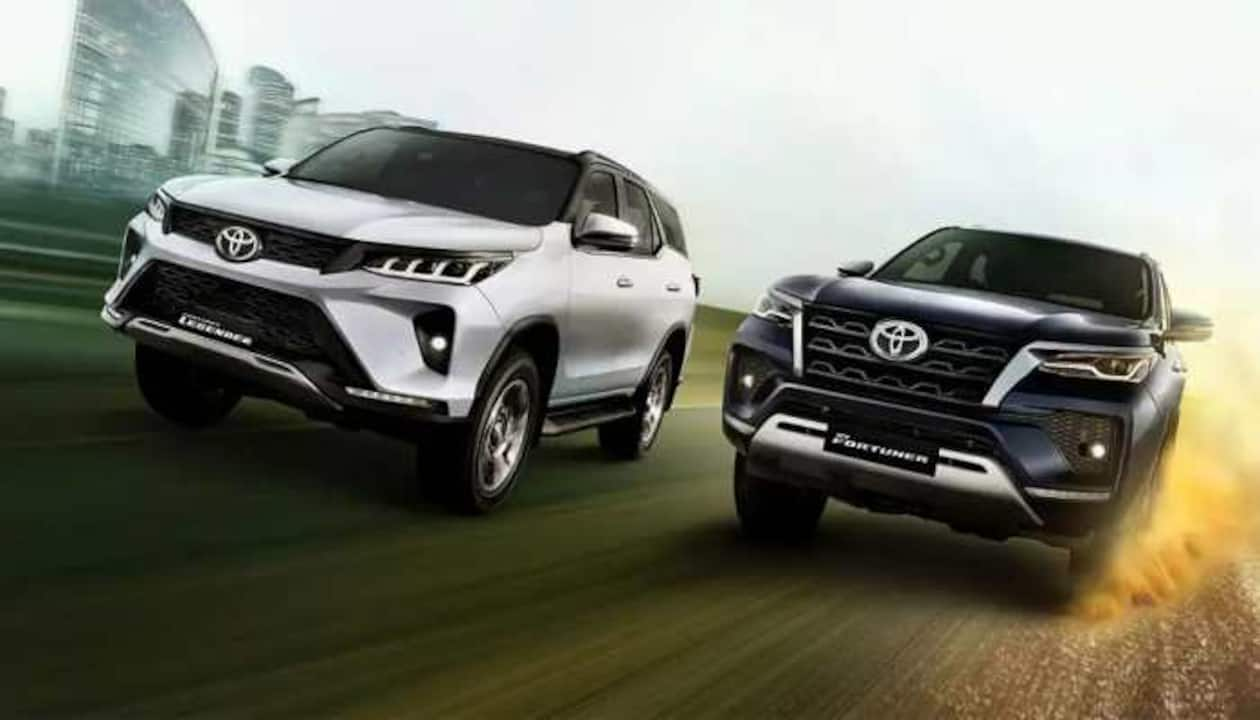
Compared to September 2019, a pre-Covid month, total vehicle retail sales continued to decline by 4 percent. The photovoltaic sector has maintained a good run by growing 44 percent. Similarly, growth in 3W, tractors and CVs closed in the green, up 6%, 37% and 17%, respectively. Only the 2W segment remains a draw, down 14 percent.
The report says that rural India in states like Himachal Pradesh, Haryana, Uttarakhand, Uttar Pradesh and Jharkhand showed weakness with low contribution to car trade, especially in the entry category: 2W and PV. While total PV retail sales will be at their highest level in a decade this holiday season, it marks the 2W category as the auto industry continues to hold out hope of showing healthy growth.
The 2W segment showed 9 percent year-on-year growth, but is down 14 percent from September 2019. Due to rising input costs, 2W companies raised prices 5 times last year. Aside from this, the RBI's battle against inflation has pushed up interest rates, which has continued to make car loans more expensive. The report said that while India was showing signs of revival, Bharat was not yet operational and 2Ws, especially entry-level vehicles, were finding fewer buyers and thus pulling out the entire segment.
The FADA report said that the 3W segment continued to see a structural shift from the internal combustion engine (ICE) to the electric vehicle (EV). This is also reflected in the very healthy growth rate of the e-cart. In addition to the better availability of vehicles with full range products that include alternative fuels, customers have begun to use public transport and auto rickshaw service, which has increased demand in the sector.
While the commercial vehicle segment grew 19 percent, the heavy commercial vehicle (HCV) segment showed a healthy 40 percent year-on-year growth, according to a report from FADA. Reasons such as better availability of vehicles, festivities, purchase of a large fleet and constant pressure from the government to develop infrastructure, have led to the splendor of this sector.
The report also added that the PV sector continued its 'Bolt' run by showing growth of 10 percent year-on-year and 44 percent compared to September 2019, the month before Covid. The report says: "Improved availability due to easier supply of semiconductors, new releases and feature-rich products has kept customers glued to dealers for their favorite vehicles during the auspicious period. The waiting period lasts between three and 24 months, especially for SUVs...) and compact SUVs that have become the absolute choice for today's customers."
Also Read: Zontes 350T and 350T ADV launched in India at Rs 3.37 lakh




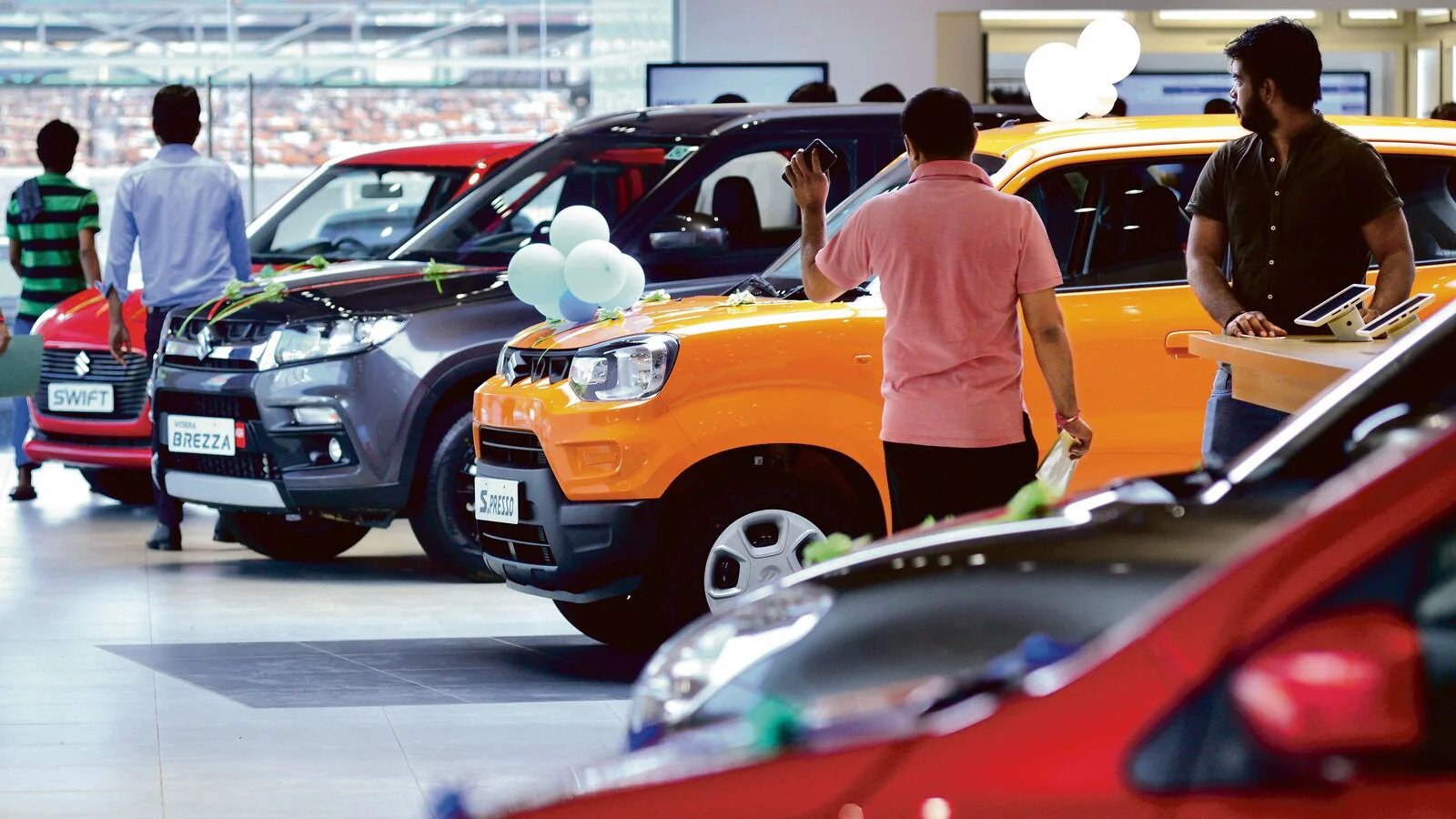
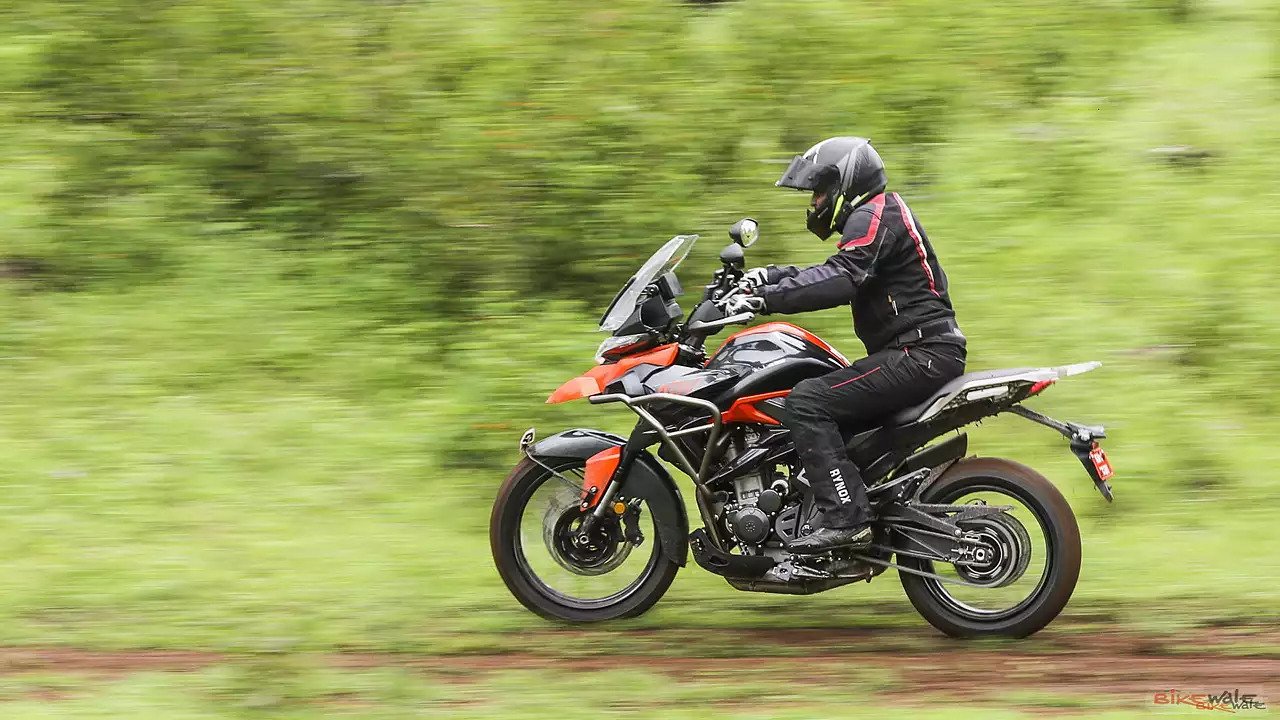
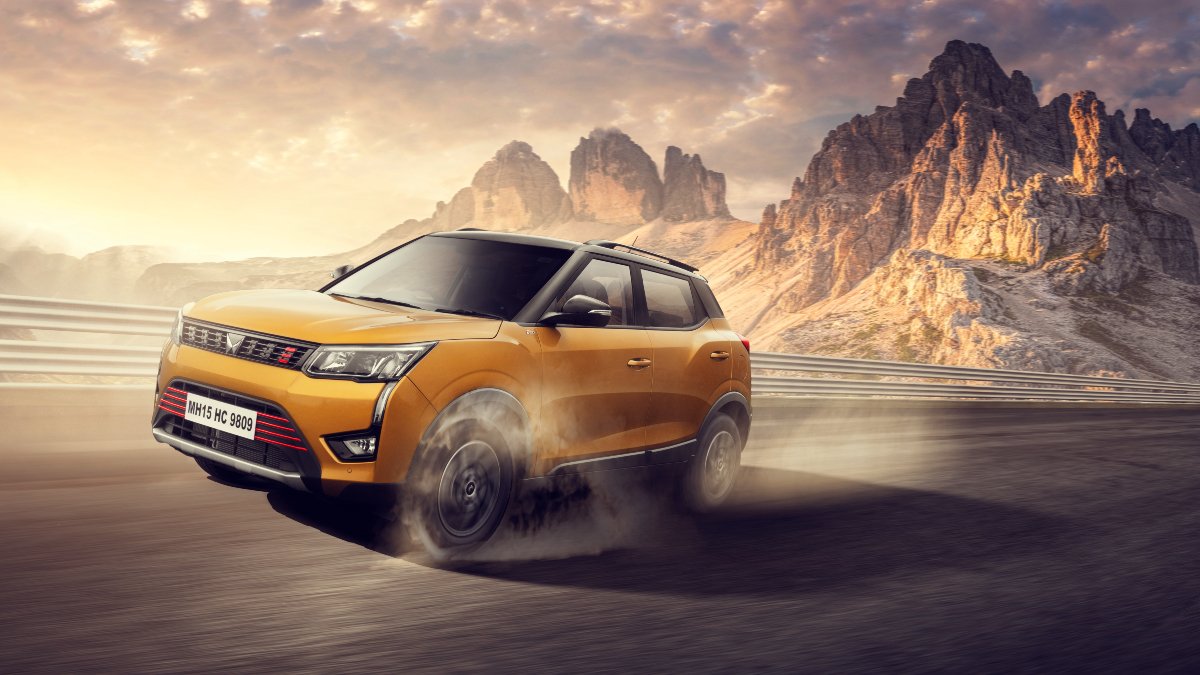


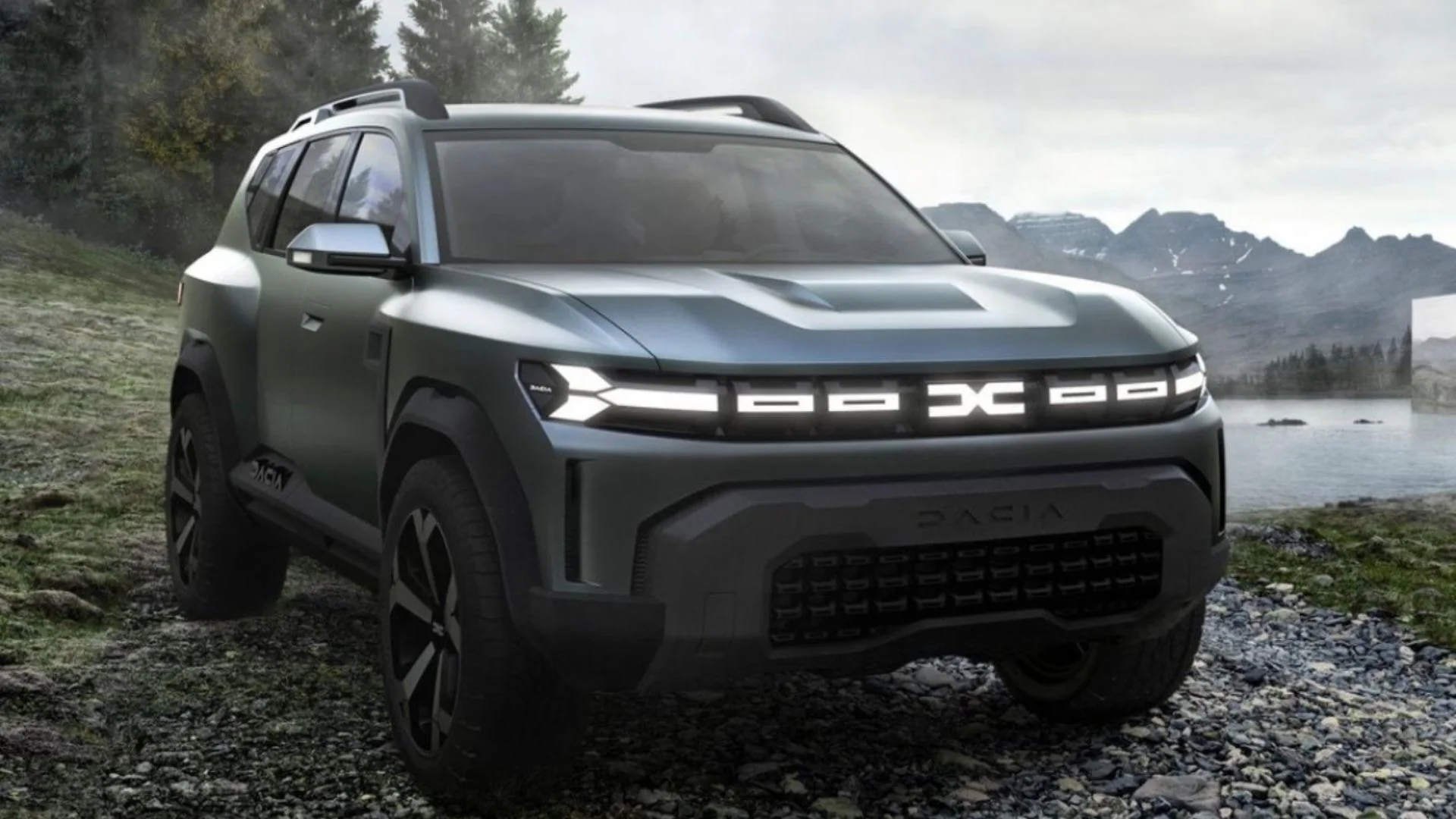
_1766570474.webp)